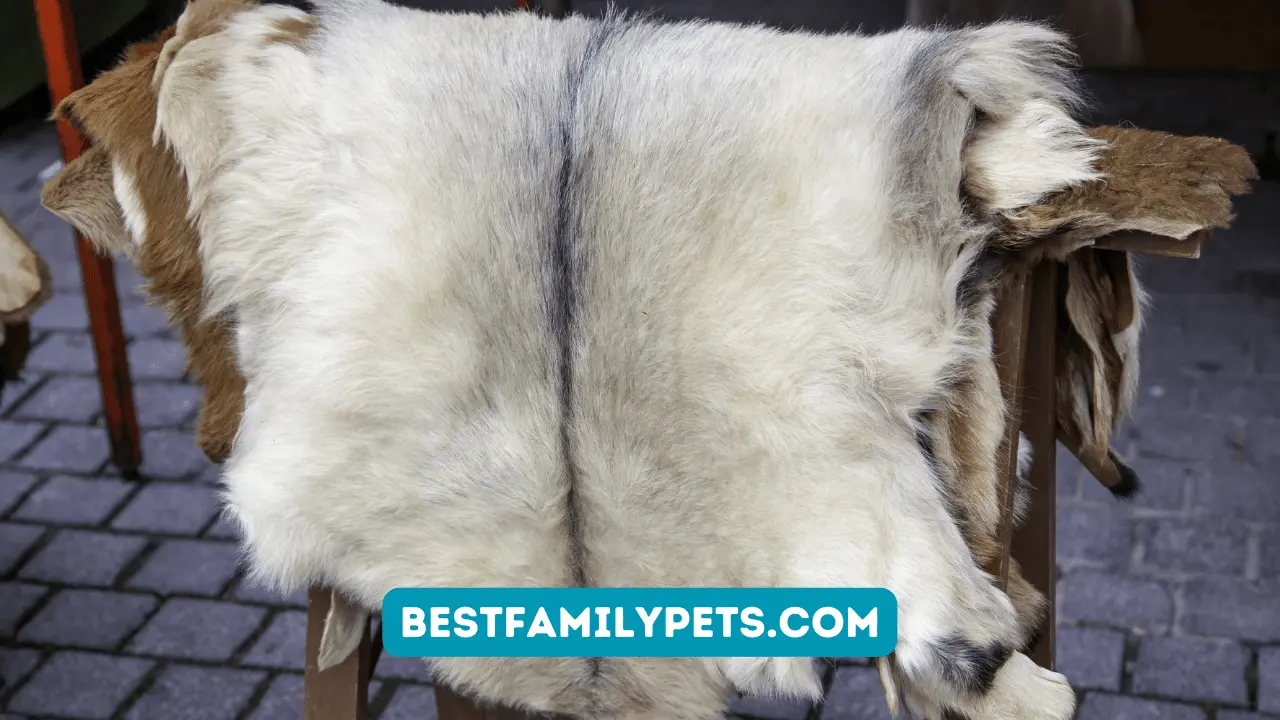Why and how to Dry the Animal Skins?
Preserve with care! Discover the importance and techniques of drying animal skins to ensure their longevity and optimal use.
Animal skins make terrific prizes, can be cost additional cash and can be utilized to line or make clothes comfy and warmer. When preparing animals skins for tanning, or when just treating them for use, the most vital thing to do is ensuring that any fat or meat is separated from the skin. The time needed to prepare the Skin and Coat is identified by both the density and size of the skin, along with the humidity and temperature of the air. Get rid of any muscle tissue and fat from the within the skin.
Why and How to Dry Animal Skins
Drying animal skins is an essential step in the process of preserving them for use in various applications such as making leather, fur coats, or rugs. Here’s why and how to dry animal skins:
Why Dry Animal Skins?
Drying animal skins helps to remove excess moisture, which can cause the skin to rot and become unusable. Drying also helps to preserve the skin by preventing the growth of bacteria and fungi that can cause further decay. Properly dried skins can last for years without deteriorating.
How to Dry Animal Skins?
The process of drying animal skins depends on the type of skin and the intended use. Generally, the steps involved in drying animal skins are:
Step 1: Cleaning and Soaking
The first step is to clean the skin thoroughly and soak it in water to soften the hair or fur. This makes it easier to remove the hair or fur later.
Step 2: Removing Hair or Fur
After soaking, remove the hair or fur from the skin using a sharp knife or scraper. Be sure to remove all the hair or fur to prevent it from decomposing and damaging the skin.
Step 3: Stretching and Drying
Stretch the skin over a frame and allow it to air dry in a cool, dry place. Do not expose the skin to direct sunlight or heat, as this can cause the skin to become brittle and crack. Rotate the skin periodically to ensure even drying.
Step 4: Conditioning
After the skin is completely dry, it can be conditioned with oil or other products to make it softer and more pliable.
Conclusion
Drying animal skins is an important process in preserving them for various applications. By following the proper steps, you can ensure that the skin is properly dried and preserved for use in the future.
-

How to Clean and Deodorise Pet Beds
-


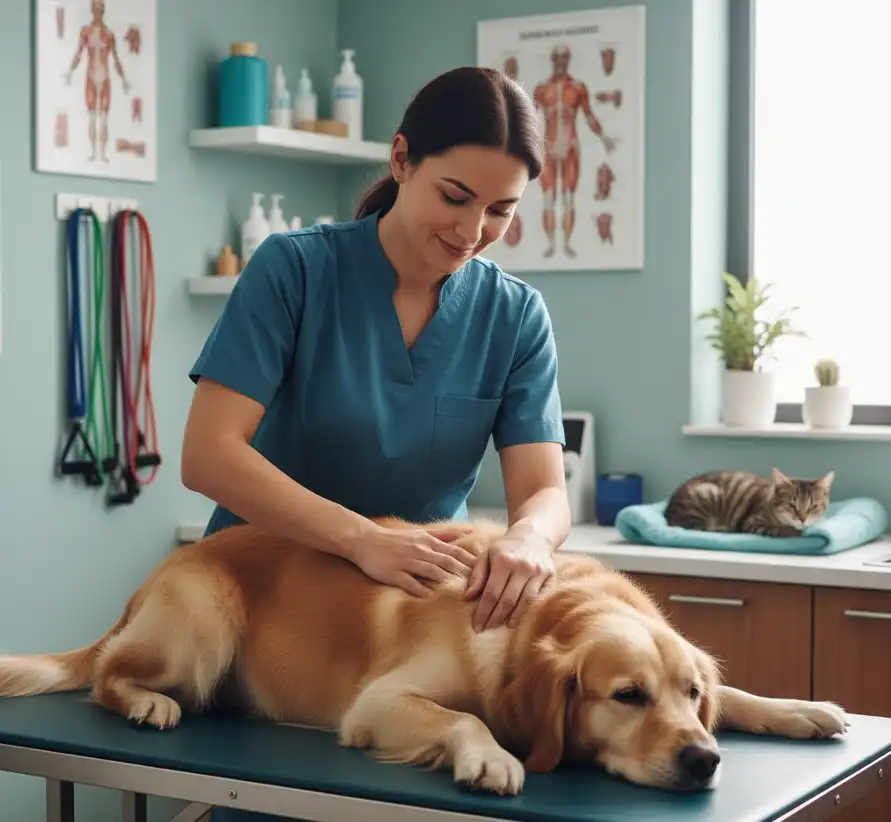
How Adding Medical Massage Can Expand a Veterinary Practice
-



When to Call Your Landlord for Repairs
-



Are Exotic Pets Safe for Families? A Practical Guide for Curious Households
-



How Building Inspections Ensure Pet-Friendly Homes
-



How to Start a Pet Blog: Choosing the Right Web Hosting
-



15 Celebrities Who Absolutely Adore Their Dogs
-



Personality Traits of Popular Cat Breeds: Which Cat Breed Best Matches Your Lifestyle?
-


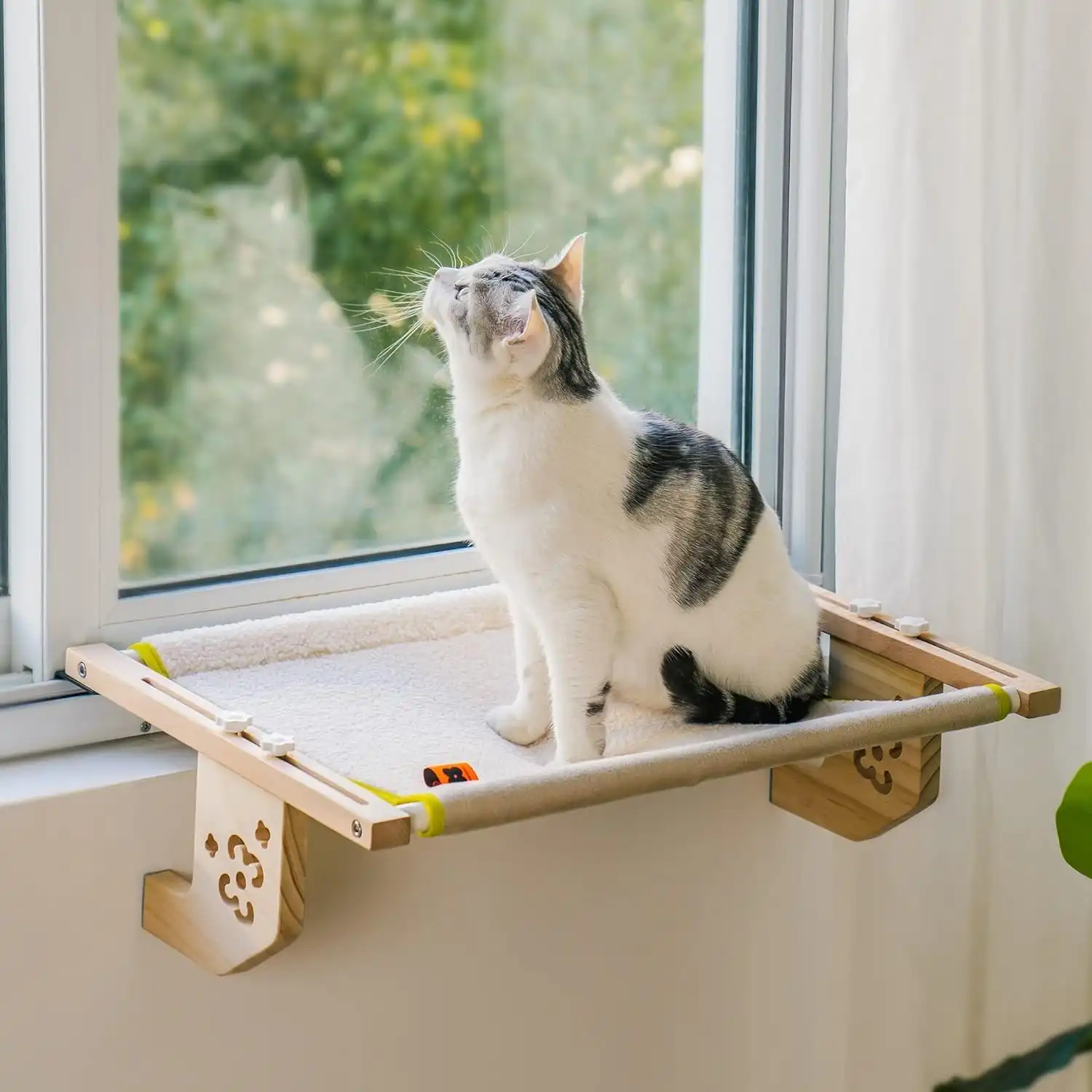
MEWOOFUN Sturdy Cat Window Perch Review: A Cozy Spot for Your Feline
-



Successful Pet Businesses With Dr. Tom Harty’s Coaching
-


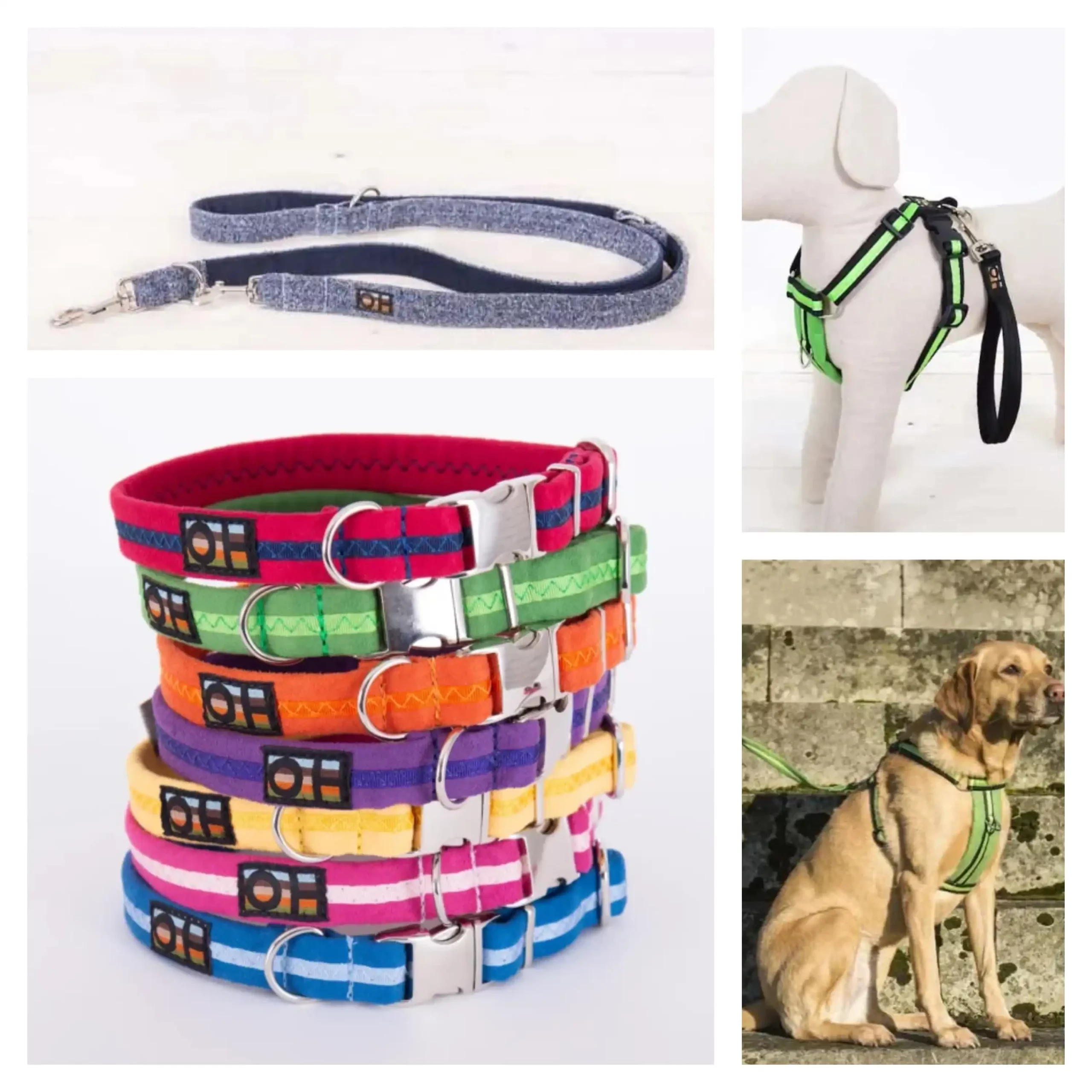
Oscar & Hooch Luxury Dog Accessories for Your Stylish Dogs
-


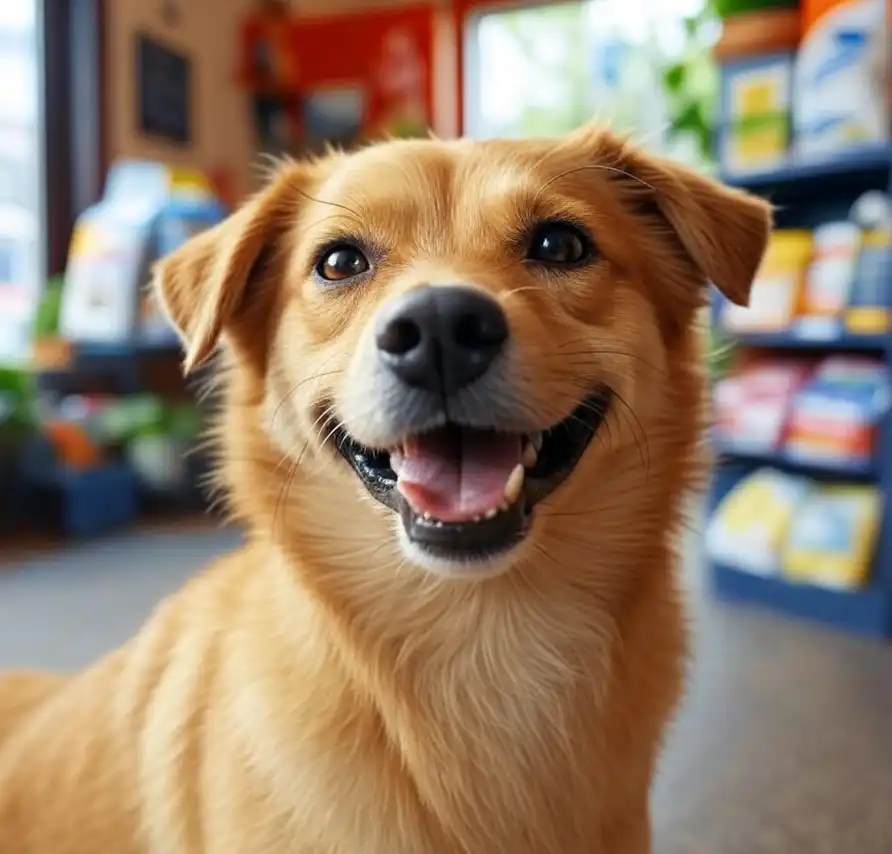
Link in Bio Strategy for Pet Businesses
-



Purr-fectly Delicious: A Review of Astkatta Iceland Canned Cat Food and Feast Cat Wet Food
-



Pet-Friendly Property Maintenance Tips
-



Using Pets in Children’s Counseling: A Guide for Parents
-



Moving with Pets: Real Estate Tips for a Smooth Transition
-



Romantic Dog Names for Your Furry Soulmate
-



Top 10 Guinea Pig Water Bowls and Feeders for a Happy, Healthy Pet

